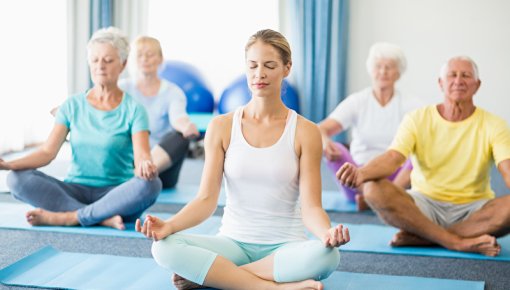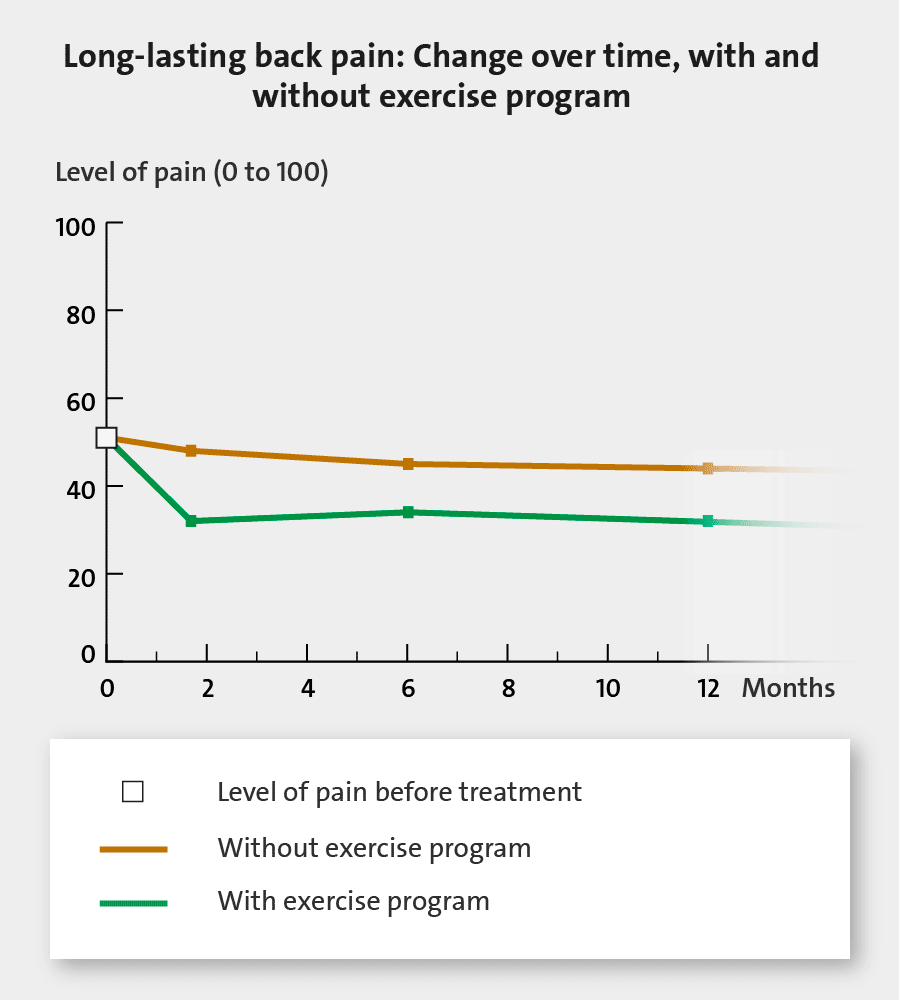Why movement is so important for back pain

One of the most important things that people with long-lasting or recurring low back pain can do is stay as physically active as possible in daily life and exercise regularly. Things that have been proven to help include special exercises to strengthen and stabilize the back, as well as physical activities like pilates, tai chi and yoga.
Not moving enough can weaken your core muscles, make the back pain worse, and also lead to other health problems. Because of this, practically all medical associations worldwide recommend that people who have long-lasting or recurring back pain should exercise regularly and get as much movement as possible in daily life.
There are good reasons for this advice: For a start, exercise and sports are among the few treatments that have been scientifically proven to relieve back pain. It is also helpful to realize that you can do something about the pain yourself. And it's important to go about your daily life as normally as possible, and not let the pain limit your activities too much. Isolating yourself or no longer doing things you enjoy will make it even harder to cope with back pain.
If you're in a lot of pain, taking painkillers such as ibuprofen can help you to stay active in daily life. But you shouldn't take them for longer than two weeks.

